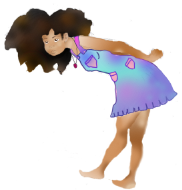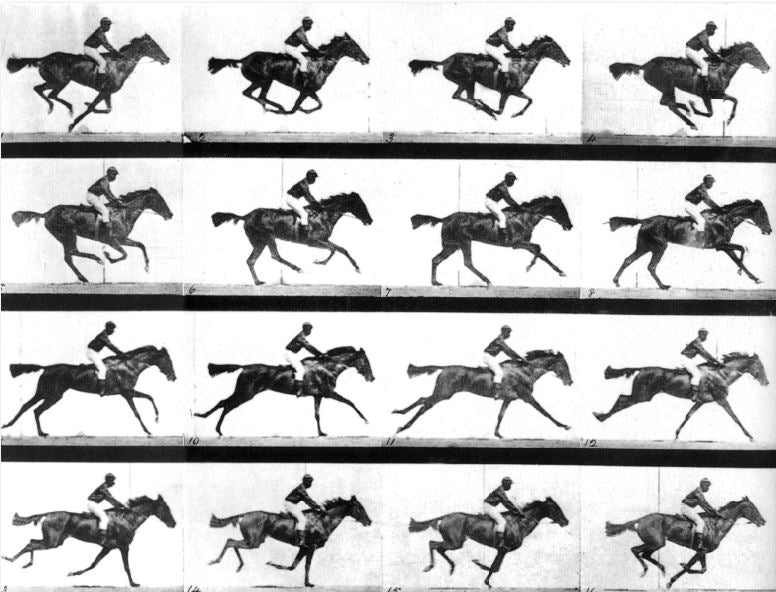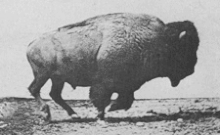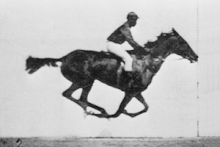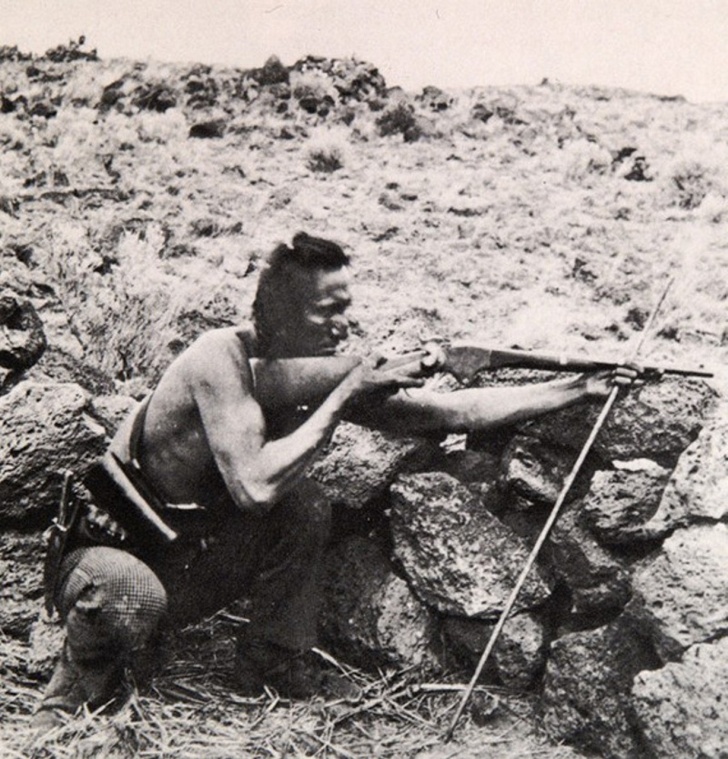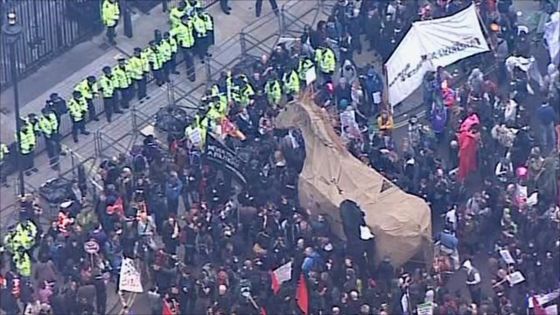Stop motion is a form of animation, it uses inanimate objects to create lively and dramatic productions. It is a type of frame by frame animation, where instead of drawing out several frames, several ‘grabs’ are taken of the objects after they have been slightly moved. This allows for the illusion of movement and the more pictures taken the more accurate and fluid the animation.




Stop motion is a very time consuming and rigid animation form it requires about 30-50 frames per second in order to create the illusion, it can several years to finish a full-length feature production of a stop-motion animation. One very famous and successful stop-motion movie series ‘Wallace and Gromit’ had a very extensive production process as, it took a whole working day to get over 30 frames which totalled to one second of animation per day, so you can imagine how long it took to finish a full-length film.
When creating a stop-motion project it is imperative to keep a fixed camera, any sudden quick movements to the set up could destroy several frames and render them useless, as well as completely disrupt the illusion. A fixed camera ensures clean accurate frames to be taken, and it prevents people from having to hold a camera up for hours on end. Large production efforts would have several cameras at different angles focused on the scene so that multiple shots can be taken at the same time and is very helpful when implementing camera movements such as pans and dolly shots, as well as zooms.


In modern times new technology allows for even more materials for character build, previously they had been made with clay, paper cut-outs, puppets and other things. Now stop-motion studios such as Aardman; the creators of, Wallace and Gromit, have started implementing 3D printouts in their productions. As with many digital products 3D printers can come in handy as the artist would sculpt their character on various software and be able to print them out. 3D printouts can range from fully functional to exoskeletons and can be implemented into either pre-production and production. Some recent major stop-motion films that included the use of 3Dprintouts are; Coraline(2009), ParaNorman(2012), The Boxtrolls(2014) The Pirates in an Adventure with Scientists(2012) and Kubo and he two Strings (2016).
Idents are another popular use of stop-motion, MTV was notorious for these in the eighties, and now channel four also incorporated idents. Idents are shown prior to and during commercial breaks and are used to identify the network and so that a host can explain the incoming programme schedule.




Idents really took off in the 1980s when MTV made several in 2D animation, people were excited to see the short animated scened prior to viewing their show, colourful creative clips really broke up the monotony of the ads. But they all started back in the early 1950s when the BBC originated the ident. They started off really simple with still black and white photos that have now progressed into full out productions, a range of animation styles and music. They have now become a competitive industry as a stand-alone ident can really attract viewers to the channel or at least be a memorable event, E4 has some of the most commended idents.

